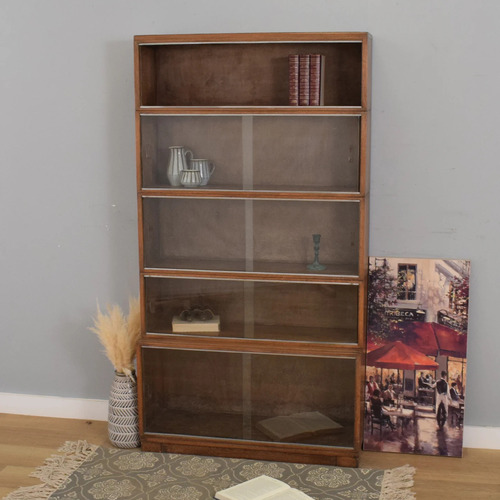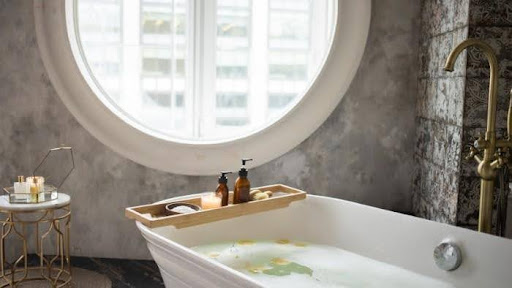
Restored furniture is enjoying a resurgence among homeowners, interior designers and sustainability advocates alike. As modern consumers become increasingly conscious of waste, more people are discovering the beauty and character of giving pre-loved pieces a second chance. Far from being a passing trend, the appeal of restored furniture lies in its ability to blend craftsmanship, heritage and environmental responsibility.
Why Restored Furniture Matters
Choosing restored furniture over mass-produced alternatives offers several key benefits. Firstly, it preserves the craftsmanship of earlier eras, often showcasing joinery and materials superior to many contemporary options. From solid oak cabinets to hand-carved tables, these pieces reflect an era when furniture was built to last, not discarded after a few years.
Secondly, restoration reduces demand for newly manufactured items, lessening the environmental impact of deforestation, industrial production and global shipping. According to a report by WRAP (Waste and Resources Action Programme), reusing existing furniture extends its lifespan significantly, helping divert thousands of tonnes of waste from landfill each year. This makes restored furniture an ideal choice for those who wish to create a more sustainable and responsible home.
The Art of Furniture Restoration
Furniture restoration is a skilled craft requiring patience, knowledge and a keen eye …





